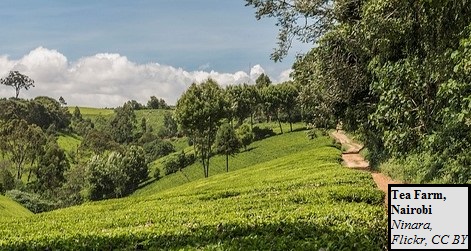African agricultural markets are thin and weakly integrated, often resulting in lower revenues for smallholder farmers and higher food prices for consumers. Agricultural trading firms, which are responsible for intermediation in these markets, being the joining piece between the producers and the consumers, and the market environment in which they work, have long been a black box. It is not known if market isolation is because of traders operating as efficiently as possible within the constraints of high transaction costs -- poor roads, high search costs, and limited contract enforcement -- or whether large price dispersion is instead a sign of imperfect competition among private sector actors, exerting market power to drive prices away from competitive equilibria.
The two-stage experiment will aim to quantify the competitiveness of rural agricultural markets. The study will first offer an external shock to costs in the form of a per-bag subsidy offered to traders in randomly-selected markets. This is the equivalent of reducing marginal costs to incumbents in the market. The experiment will then measure the impact of entry on the level of competitiveness by randomly inducing new traders into specific markets; by offering these traders a subsidy if they choose to enter the subsidized markets on the selected day. This will test whether the entry of new traders into markets, a common policy response to imperfect competition, can enhance competition and increase consumer welfare - new traders may simply join collusive agreements instead of competing with incumbents.
This research is intended to yield a deeper understanding of the way that private-sector intermediaries interact strategically. Such an understanding is useful to policymakers who wish to improve market integration in order to increase the prices received by smallholder farmers and reduce the prices paid by consumers. Understanding the structure of agricultural markets will also help NGOs position themselves better to either work within the existing market structure or to create new types of market linkages to work outside of the incumbent structure.







